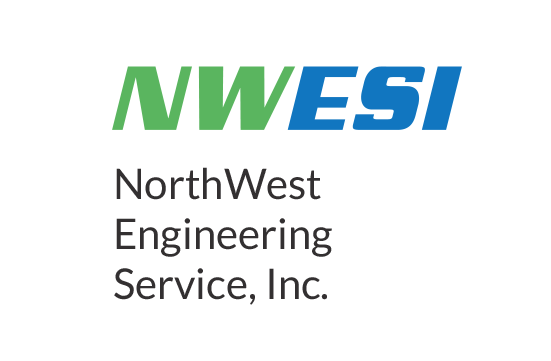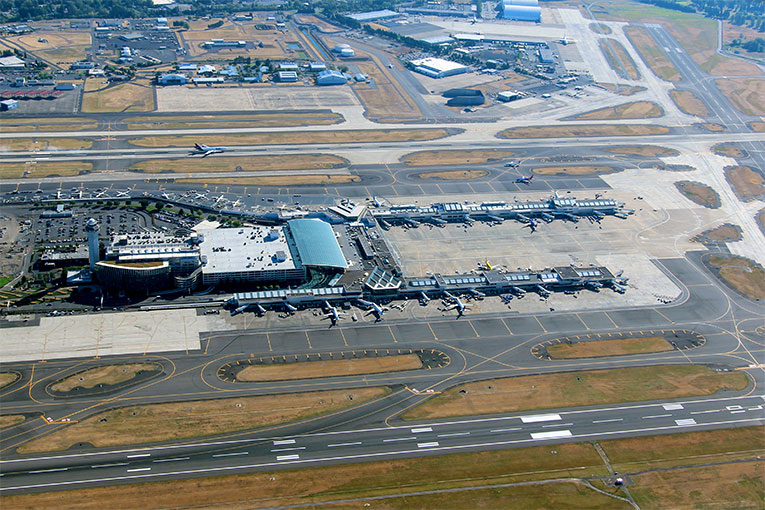Under development for years, this summer saw the completion and opening of Portland International Airport’s Concourse E extension.
NWESI’s team was involved as early as 2017 in the PIA Concourse E extension, providing Cx insights, and later, formal Commissioning oversight as well as direct testing, adjusting, and balancing (TAB) for the tenant improvement project. NWESI was heavily involved in the enabling phases of work that were enacted to make room for Concourse E. Areas that needed to be relocated such as ticket counters, baggage handling, gates, or tenant spaces, were phased in portion-by-portion, allowing us to see the development of this project and be involved with relevant coordination throughout.
One of the unique aspects of this project for us, was in our team taking on a managerial role, representing the Port of Portland to oversee commissioning projects, including those utilizing other commissioning providers. The Port chose NWESI for this role because of the decades of experience we’ve had at the airport, allowing us to use our historical knowledge to mitigate problems and communicate information across project partners. Our team was on-site to witness the functional testing, rather than conducting the testing ourselves; similarly, the contractor completed much of the Commissioning checklists—a task our team typically completes in other projects. This new approach to our role as Cx professionals gave each party an opportunity to explore more facets of the collaboration required between contractors and commissioning. Overall, our team saw that the contractors taking a more active role in Cx documentation and procedures allowed the contractor to see and correct a lot of issues, prior to our review. At its heart, this is fundamentally the reason for the commissioning process in the first place, but having the contractors defined as the “first level” of commissioning, even on relatively straightforward tasks, facilitated understanding regarding the importance of comprehensive testing throughout the course of each project.
Our second scope of work included TAB for tenant improvements. These spaces provided various food/beverage or retail areas. The difficult component of this work was that each space typically had different general and mechanical contractors; this meant that there was a considerable amount of coordination and communication needed for each space. On the TAB side, these represented a lot of projects heavily phased in over each move that were a smaller component to the larger concourse expansion.
The PIA Concourse E extension project also came with unexpected perks like training opportunities and testing new systems. For example, Vince, our PM on this project, noted that formally commissioning baggage handling systems was new to him—that testing and verifying conveyor belts, computerized collision detection and alarms was an interesting area to work in. He was also able to pull in one of our newer Cx team members and teach some of the peculiarities that go into commissioning a secure facility like this.
Large, multi-year projects can be challenging. But there are benefits too. They evolve our perspectives to become even more accomplished Commissioning professionals in whatever role is needed, and offer the chance to learn something new in both professional expertise and managing work among multiple project partners and our clients.
Published August 2020



